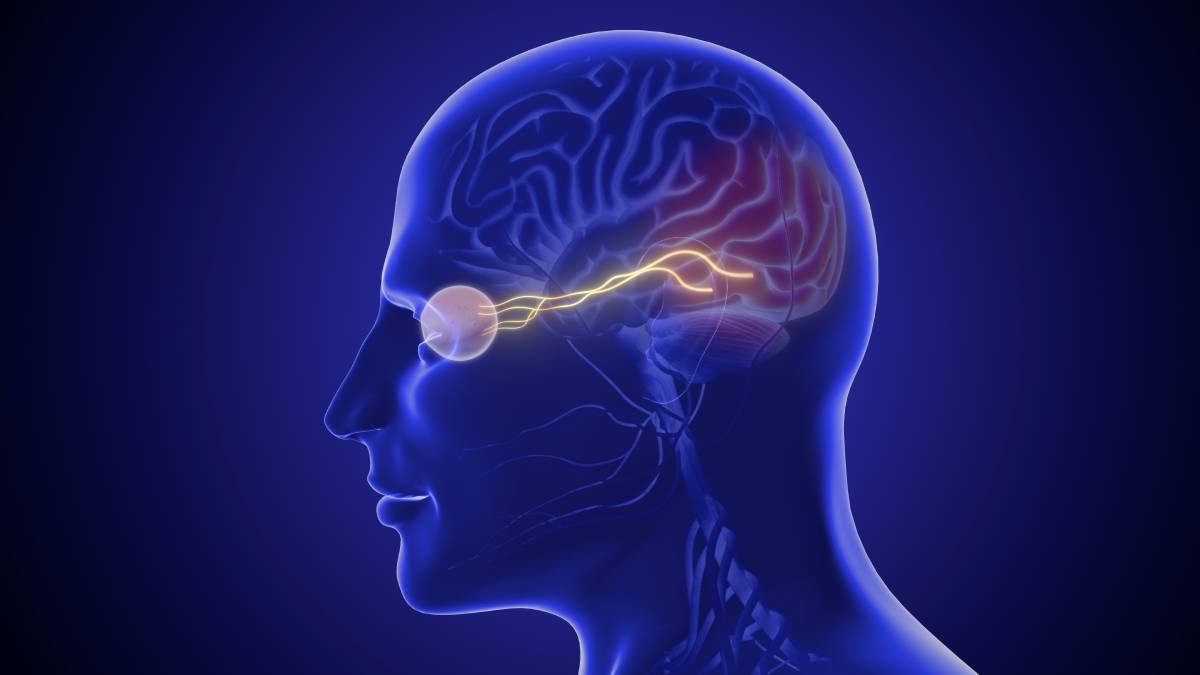Nerve blocks are used during surgical procedures and for the treatment of some chronic pain conditions. They are accomplished by injecting local anesthetic, like lidocaine and bupivacaine, near a nerve to block pain sensation from that nerve. Proper technique and placement are crucial to a successful nerve block. Compared to other types of anesthesia, there are fewer medication options for nerve block, with lidocaine and bupivacaine being the main two. Even so, providers have a few things to consider when choosing between nerve block medication options.
Nerve blocks are finding more and more use in the treatment of chronic conditions causing pain. For example, Levin’s research reports that 55-60% of migraine sufferers experience pain relief from a greater occipital nerve block (GON). Besides its growing reputation as a source of long-term pain relief for migraine sufferers, a GON is a safe and easy procedure in the hands of an experienced physician. Other scalp nerves can also be blocked for headache relief; these include the supraorbital, supratrochlear, and auriculotemporal nerves. Generally, peripheral nerve blocks are a viable treatment option for any patient with primary headache disorders such as migraine and cluster headaches. [1]
Nerve blocks are also employed during surgical procedures. Taha & Abd-Elmaksoud investigated the minimum lidocaine required for an effective femoral nerve block. They found that a perineural injection of 15 ml of lidocaine accomplishes a femoral nerve block in 90% of patients. In addition, anesthetists regularly employ three bupivacaine profiles (0.25%, 0.5%, and 0.75%) to accomplish a peripheral nerve block during minor surgeries. A femoral nerve block can be accomplished using 25 mL of 0.25% bupivacaine, or 25 mL of 0.5% bupivacaine; the former offers 23 hours of pain relief while the latter lasts for 26 hours. [2] An anesthesiologist will select the best medication option based on the needs of the procedure and available resources.
Over the last decade, ultrasound guides have been used to enhance nerve blocks. Ultrasound guidance provides visibility of the nerve and its surrounding structures. This then reduces the propensity for a poorly placed injection. Such an event can lead to blood toxicity, if injected into a vascular structure, or simply waste the drug. Although both lidocaine and bupivacaine have similar efficacy profiles for successful nerve blocks, current research has shown that using adjuvants is a game changer for extending analgesic relief. [3] Adjuvants add another layer to medication options for nerve block.
Many adjuvant drugs have been proven to extend the analgesic effect of a nerve block. Frequently used adjuvant drugs are alpha-2 adrenergic agonists (A2AA) like clonidine, dexmedetomidine, dexamethasone, midazolam; opioids like tramadol; NSAIDs; parecoxib; and ketorolac. Each adjuvant has its own unique mode for modifying the effect of a nerve block. Adjuvants like clonidine and tramadol inhibit ion channels to block pain signaling. Others like dexmedetomidine and midazolam have a sedative-like approach to reducing pain perception. NSAIDs are anti-inflammatory, while ketorolac inhibits the production of prostaglandins to enhance the duration of anesthesia. Both dexmedetomidine and dexamethasone have the greatest success rate when it comes to efficacy; when added to bupivacaine, dexmedetomidine extends analgesia for 4.5 hours, reducing the number of patients needing rescue anesthetics. The runner up, dexamethasone, is the most studied and widely used in clinical practice for extending a peripheral nerve block; it increases the analgesic effect by 1.5 hours and reduces opioid usage by 7 mg. Patients have also reported reduced postoperative pain. [4]
References
1. Levin M. Nerve blocks in the treatment of headache. Neurotherapeutics. 2010 Apr;7(2):197-203. doi: 10.1016/j.nurt.2010.03.001. PMID: 20430319; PMCID: PMC5084101.
2. A. M. Taha, A. M. Abd-Elmaksoud, Lidocaine use in ultrasound-guided femoral nerve block: what is the minimum effective anesthetic concentration (MEAC90)?, BJA: British Journal of Anaesthesia, Volume 110, Issue 6, June 2013, Pages 1040–1044, https://doi.org/10.1093/bja/aes595
3. Shafiei FT, McAllister RK, Lopez J. Bupivacaine. [Updated 2023 Jun 5]. In: StatPearls [Internet]. Treasure Island (FL): StatPearls Publishing; 2023 Jan-. Available from: https://www.ncbi.nlm.nih.gov/books/NBK532883/
4. Edinoff AN, Houk GM, Patil S, Bangalore Siddaiah H, Kaye AJ, Iyengar PS, Cornett EM, Imani F, Mahmoudi K, Kaye AM, Urman RD, Kaye AD. Adjuvant Drugs for Peripheral Nerve Blocks: The Role of Alpha-2 Agonists, Dexamethasone, Midazolam, and Non-steroidal Anti-inflammatory Drugs. Anesth Pain Med. 2021 Jul 4;11(3):e117197. doi: 10.5812/aapm.117197. PMID: 34540647; PMCID: PMC8438706.
